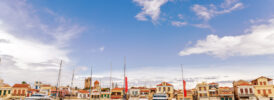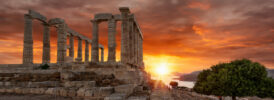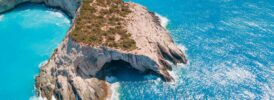Lake Pamvotis – sometimes also called lake Pamvotida – makes for a fascinating destination. Covering a little over 20 square kilometers, this lovely lake is the second oldest in Europe. It is the heart of an intriguing region. Lake Pamvotis in Ioannina hosts culture on its shores, as its depths team with life. The waters of the lake are in themselves a wonderful destination for lovers of nature and activity. The area is usually protected from winds, and the surface of the lake is calm and inviting – ideal for kayaking and rowing.
Lake Pamvotis is both a rich natural habitat and a place of history. Many cultures have been drawn here by the beauty and generosity of Lake Pamvotis. And that, in fact, is its name: Pamvotis means “the great provider.”
Natural Splendor
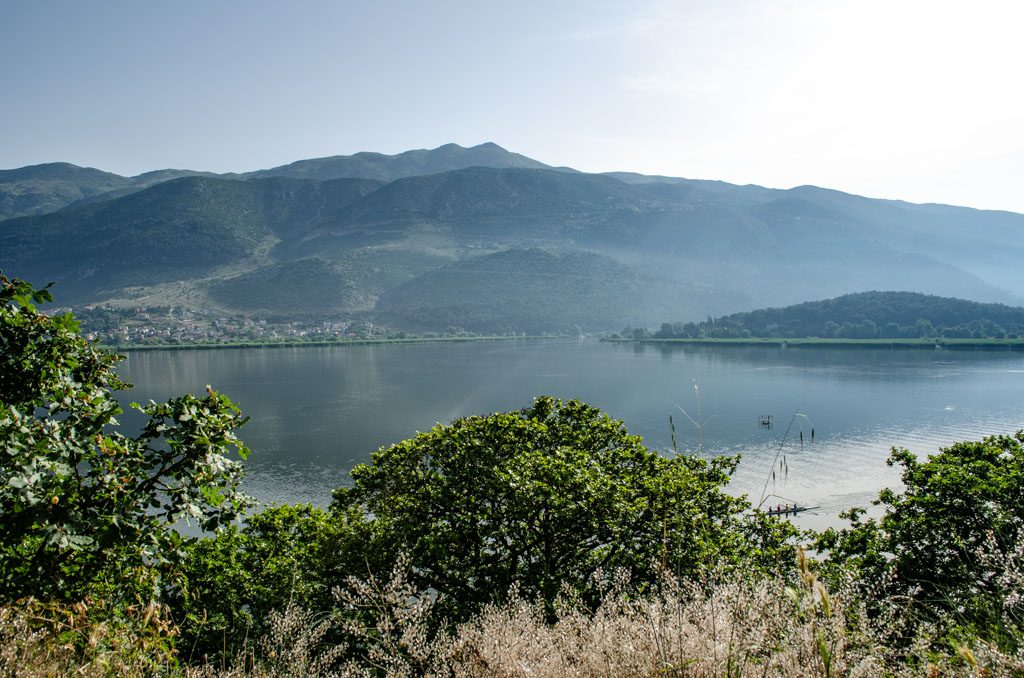
As a destination, Lake Pamvotis is indeed a great provider. The lake is a rich habitat for a great variety of flora and fauna. The thick reeds and grasses around the lake’s edge attract many local and migrating species of birds. Ornithologists will delight in the many beautiful species on display. The lesser kestrel, the pygmy cormorant, and the whiskered tern count among the many species birders will spot. Lake Pamvotis’ tranquil surface is also ideal for spotting graceful herron, ducks, and swans.

The waters of the lake are also full of life. In addition to the expected trout, there are enormous carp and freshwater eel. There is also a species of fish specific to Lake Pamvotis – the “Tsima” (Pelasgus Epiroticus), a freshwater minnow. There are also crawfish, like tiny fresh-water lobsters. Amphibians, too, thrive in the environs of Lake Pamvotis – frogs, in particular.
Dining on Lake Specialties

All of this makes for some interesting lake-side dining on the Island of Ioannina. In addition to the delicious but somewhat expected fresh fried trout or carp, there are other local specialties and delicacies. On the small island off the shores of Ioannina, small restaurants specialize in pasta with “karavides’ ‘ – the crayfish. The dish is like a humbler lobster pasta. Other specialties include fresh fish from the tanks outside the restaurants, where you will also see the eel and the crayfish. But perhaps the most famous of the dishes of the Island of Ioannina are frogs’ legs. The brave who try them tell us that they taste like chicken.
A Cultural Destination in the Center of the Lake

The Island of Ioannina in Lake Pamvotis is also an important cultural and historic destination. As soon as you get off the ferry that takes you there from the mainland of Ioannina – the trip is not ten minutes – you will be met with wandering alleys and traditional architecture. It is a charming picture. There are lots of traditional handcrafts and plenty of sweets and other mementos.

This is where we meet Ali Pasha – a complex figure in the history of the Ottoman Empire and in the history of Greece. This Albanian Ottoman was named ruler of the Pashalik of Yanina in 1788. As Pasha, the territory under his rule included Epirus, western Thessaly, and part of Macedonia. He ruled with uncompromising severity and skill for over three decades, and eventually became, in the eyes of the Ottoman Empire, a rogue governor. In 1820, they declared him a rebel. It is on the island in Lake Pamvotis that he finally met his end, at the hands of the Sultan’s forces. A museum on the island details the events and illustrates the life of Ali Pasha with objects, including some remarkably beautiful hand-crafted weapons.
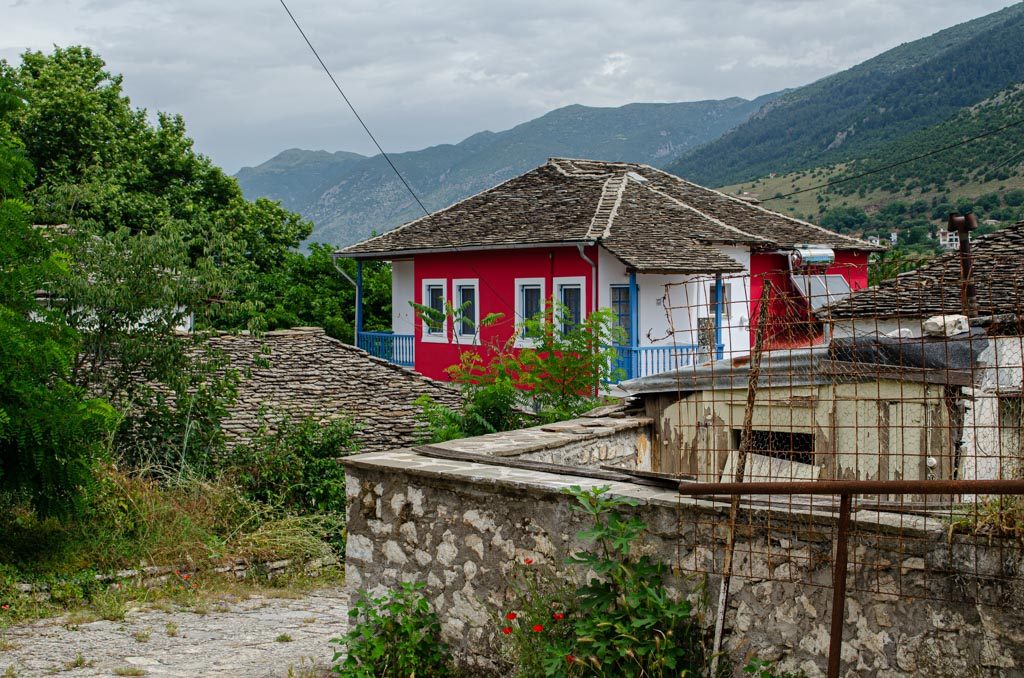
There are also monasteries on the island. In fact, this is Greece’s third largest monastic community, following Agios Oros and Meteora. The first of these monasteries is Agios Nikolaos of Philanthropini, built at the very end of the 13th century. There followed a second monastery, then several more over the succeeding centuries, until the 17th century, making a total of seven monasteries. It is a fascinating place to visit, both as a pilgrimage and as a cultural journey.
Exploring Ioannina
Back on the mainland there are also plenty of other worthy cultural attractions. Ioannina is a splendid small city to visit, filled with centuries of monuments. It has a distinctive aesthetic character which makes it a popular destination for Greeks. The mighty Castle of Ioannina is a Byzantine fortification (incorporating even earlier elements from the Hellenistic era), and was much enhanced by Ali Pasha. The Castle, impressive as it is, did not manage to fend off the Serbian ruler Stefan Dushan, then the Florentine Esau del Buondelmonti, and then the rulers of Kefalonia and Zakynthos – the Tocco family – all before finally falling to the Ottomans in 1430.
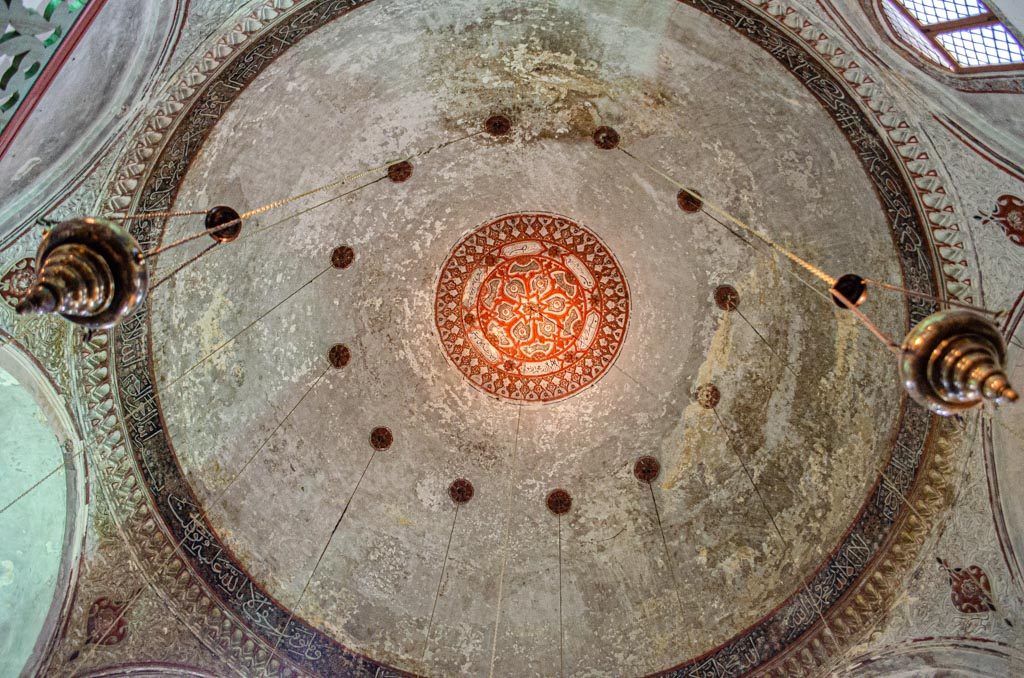
Atmospheric and filled with great green spaces, the Castle of Ioannina is a must – both for simply admiring its beauty and for the sights to be seen here. In the Northeastern Citadel you’ll find the Aslan Pasha mosque complex, which, in addition to the mosque, comprises his turbes and a medresa. The former mosque houses the Municipal Ethnographic Museum of Ioannina.
The southeast Citadel, called the Kale or Its Kale (inner fortress), has another mosque- the Fethiye, beside which is the tomb of Ali Pasha (we he lies headless, we are told – his head was sent to Istanbul), enclosed by an ornate metal cage. Next to the Fethiye mosque is the Byzantine Museum of Ioannina.

In the western bastion of the Kale is the absolutely superb Silversmithing Museum. The restored stone chambers of the bastion serve as the beautiful and dramatic setting for a museum that celebrates and explains Ioannina’s heritage of excellence in Silversmithing. This new museum opened in 2016. Its exhibits both detail the technical aspects of the craft, including the elaborate and intricate filigree technique. On the upper floor, a selection of fine pieces are displayed in all their opulence. This is truly a breathtaking boutique museum experience.
Activities around Ioannina
Ioannina is also a splendid base for exploring this diverse region through day excursions. The famous Vikos Gorge, on the south slopes of Mt. Tymphi in the Pindus mountain range, is one of the glories of Greece. In addition, it is recorded (in the Guinness Book of World Records) as being the deepest gorge in the world in relation to its width. The hike is inspiring. The Dodoni Sanctuary and Theater, just 20 kilometers from Ioannina, was the oldest oracle of Ancient Greece, surpassed in fame only by the Oracle of Delphi. The priests would listen to the rustling of the leaves outside the temple of Zeus and divine from their sounds a forecasting of the future. An ancient Theater in fine condition is one of the highlights of the site.
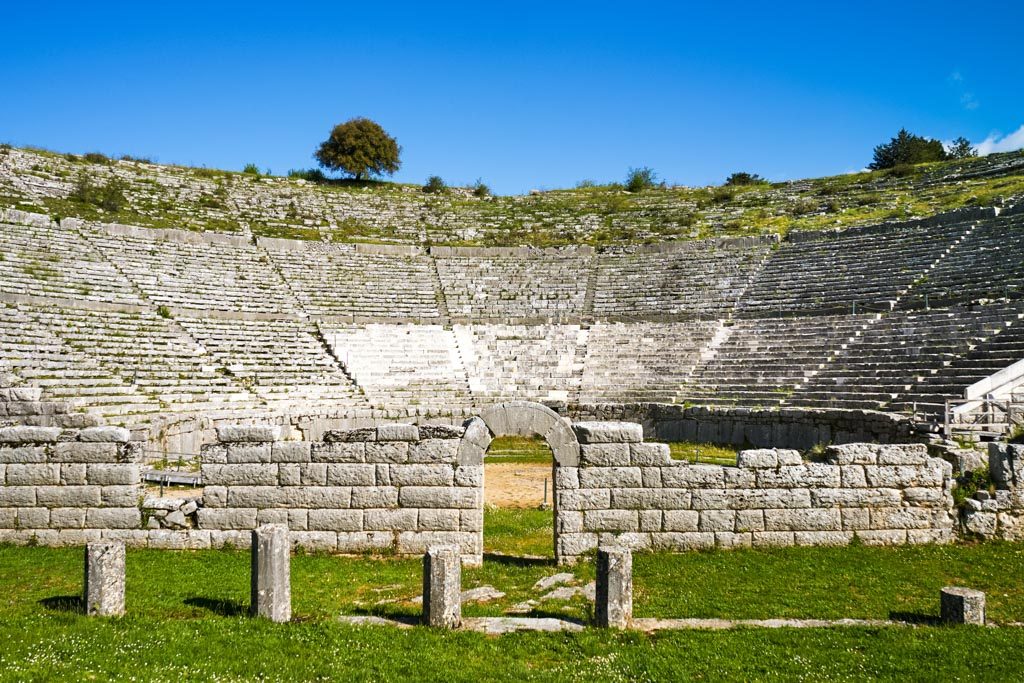
In Ioannina, we are also not far from the glorious coast of the Ionian Sea. The colorful and enchanting town of Parga is arranged like an amphitheater around its own snug bay complete with a tiny island. Syvota, with its silken sands and calm turquoise sea, is often called the Caribbean of Greece. The whole of the Ionian coast – somewhat less travelled than other seaside regions of Greece and all the more unspoiled for it is full of magnificent places to discover.
Have you been to Lake Pamvotis and the wonderful region surrounding it?


